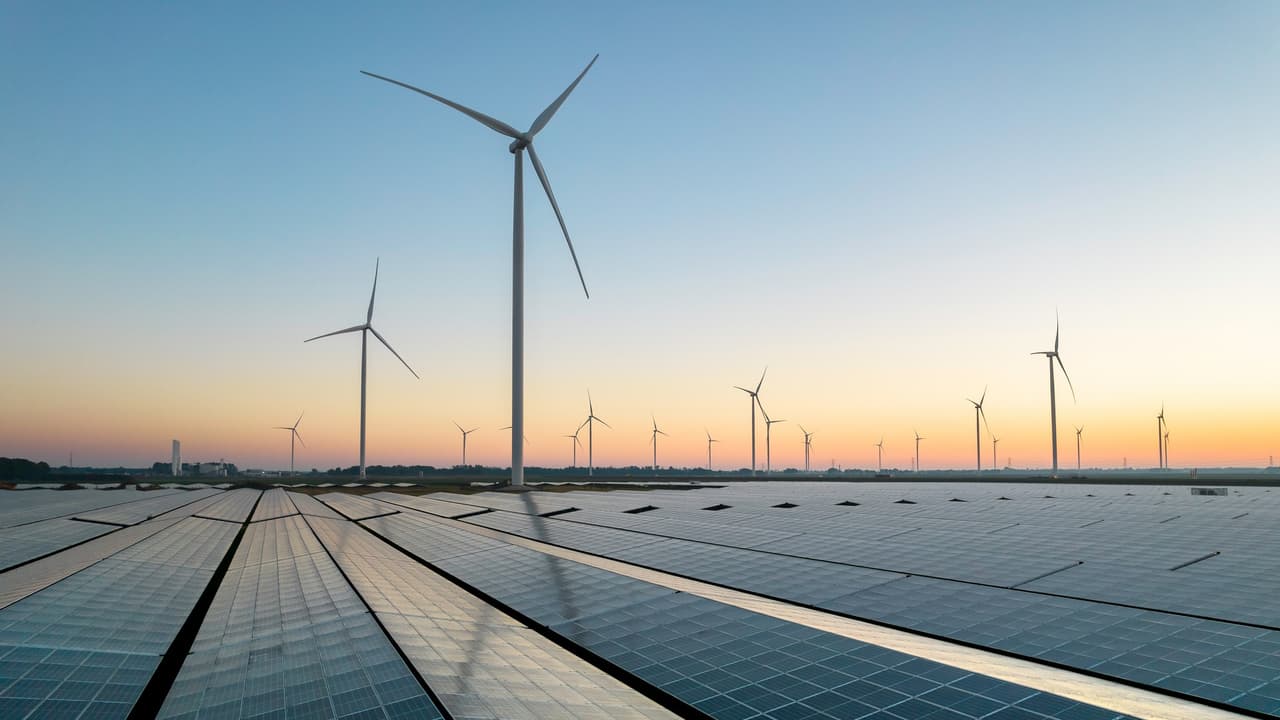Solar energy has officially become the world’s cheapest power source, costing less than coal and gas. Researchers from the University of Surrey say innovations in solar tech and batteries are driving a cleaner, smarter, reliable global energy future.
Solar power has officially outshone fossil fuels. New research from the University of Surrey reveals that solar energy is now the cheapest source of electricity in the world, costing as little as £0.02 per kilowatt-hour in the sunniest regions—beating coal, gas, and even wind power.
Published in Energy and Environment Materials, the study from Surrey’s Advanced Technology Institute (ATI) highlights how rapid advances in solar technology and falling battery costs are transforming the global energy landscape.
A Bright Future for Clean Energy
“Even here in the UK, solar is now the most affordable option for large-scale energy generation,” says Professor Ravi Silva, Director of the ATI and co-author of the study.
Globally, installed solar capacity surpassed 1.5 terawatts in 2024, twice as much as in 2020—enough to power hundreds of millions of homes. “Solar is no longer a futuristic idea,” Silva adds. “It’s a cornerstone of the low-carbon energy systems we’re building today.”
Battery Breakthroughs Boost Reliability
The study also found that lithium-ion battery prices have fallen by nearly 90% since 2010, making solar-plus-storage systems as cost-effective as traditional gas power plants.
These hybrid systems—combining solar panels with large batteries—allow energy to be stored during the day and released at night, creating a reliable, dispatchable power source that stabilizes the grid.
The Challenges Ahead
However, the researchers caution that the solar revolution faces one major obstacle: connecting vast amounts of solar power to existing electricity grids. In areas like California and China, oversupply during peak hours has already led to energy curtailment, where surplus solar power goes unused.
“Grid congestion is now one of the biggest challenges,” says Dr. Ehsan Rezaee, co-author of the study. “Smart grids, AI-based forecasting, and stronger regional interconnections will be essential to keep power systems stable as renewables grow.”
Innovation and Policy Are Key
Emerging technologies, such as perovskite solar cells, could increase energy efficiency by up to 50% without requiring more land. Yet, according to the team, sustained policy support remains critical for long-term success.
Programs like the U.S. Inflation Reduction Act, EU’s REPowerEU, and India’s Production Linked Incentive (PLI) scheme have shown how clear government direction can drive clean energy investment and innovation.
“With smart grids, storage, and next-generation materials, solar power is ready to deliver reliable, affordable, and clean energy at scale,” says Silva. “What we need now is consistency and collaboration to accelerate this global transformation.”
